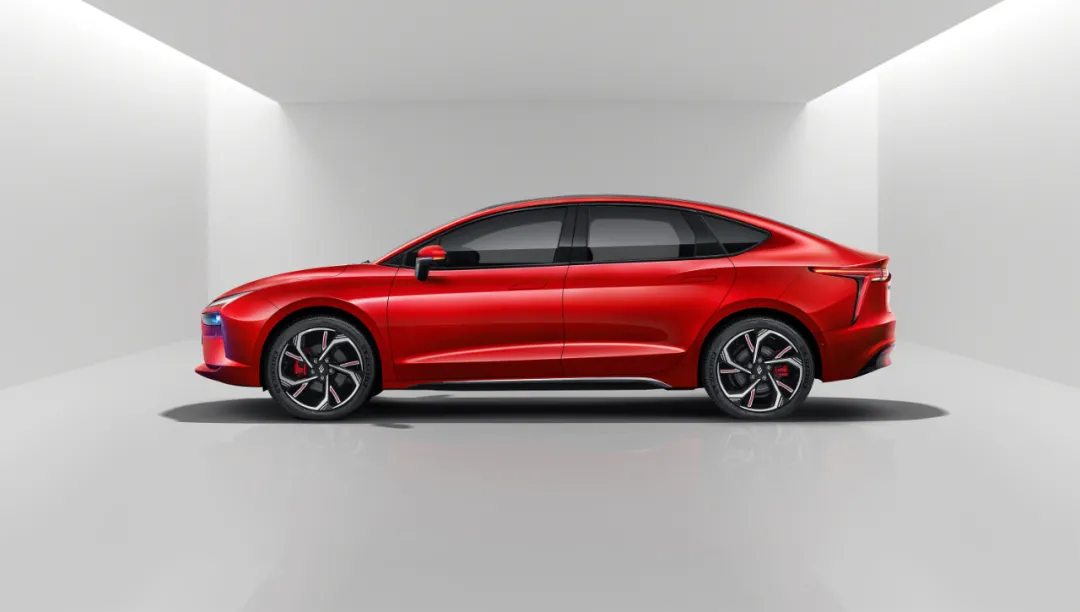Author: Li Zi from Tiexi District
On September 26, Renault’s new EV, the Viyr, was launched at a price of:
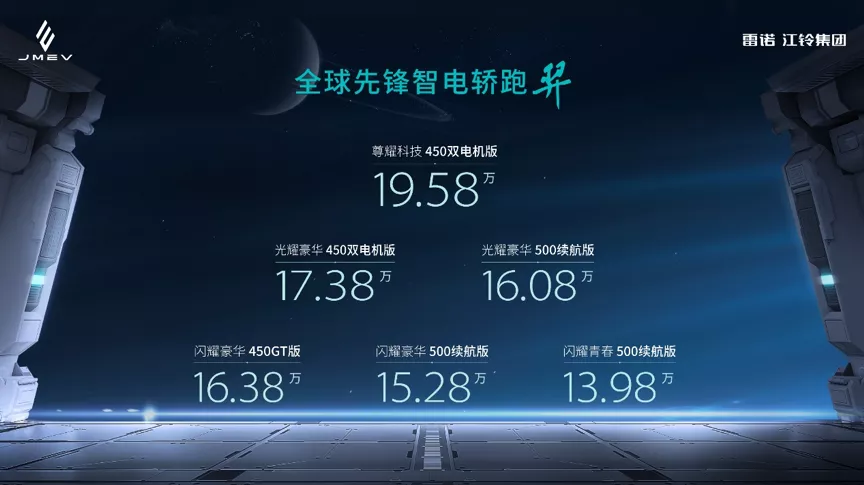
Another EV that directly enters the 150,000 to 200,000 yuan price range of joint venture fuel cars. This phenomenon cannot be ignored: as the penetration rate of new energy exceeds 10% and the market size expands, EVs that once entered the peripheral differentiated market are gradually entering the core market of traditional fuel cars and trying to obtain a share of the core market.
The launch of this Renault model may have an unexpected demonstration significance. As long as it achieves a certain degree of success, the Chinese market may usher in a wave of new EVs from European car companies.
Renault VS XPeng
Viyr easily reminds us of XPeng P5, which also attacks the 150,000-200,000 yuan market as a pure EV, and is also close to the size of a B-class sedan (P5 is slightly larger).
However, the Viyr is an EV with a distinctive traditional carmaker style. There are no topics brought by new car brands such as lidar, high-capacity batteries, and software charges, neither are there any exciting-yet-uneasy forward-looking features such as beyond-the-ordinary intelligent driving.
But it is very solid. The high-power version accelerates from zero to one hundred km/h in 5.8 seconds, and the NEDC comprehensive operating range can reach 500km and 450km. Using fast charging, it can be charged from 30% to 80% in 30 minutes. It can achieve L2-level intelligent driving, and the interior of the car has a double-touch large screen that runs through the main driving position and the center console… Considering the price range of 139,800-195,800 yuan, although such configurations may not be top-notch, they are by no means backward, and they are well-considered in all aspects.
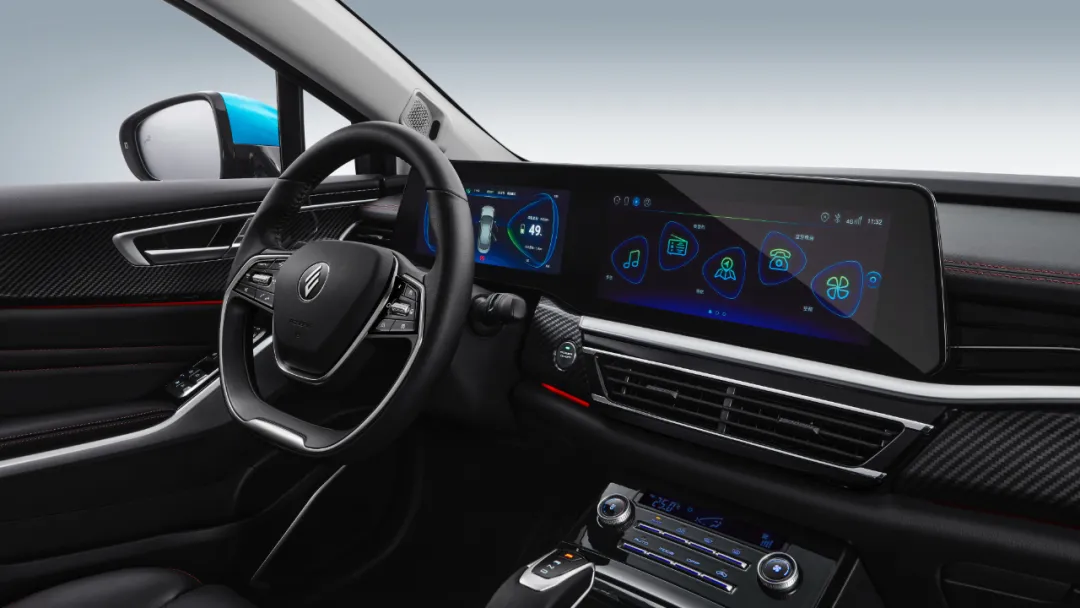
The differences between the two are very clear. P5 focuses more on intelligent driving and multi-purpose space inside the car, which is typical of new car styles. Although the Viyr cares about balance, its acceleration performance is an unstoppable highlight. The high-power version of 5.8 seconds of zero-to-one-hundred acceleration in this level of market is outstanding, which is equivalent to the performance of the Model 3 rear-wheel-drive standard operating range (zero-to-one-hundred in 5.6 seconds), and the latter’s price is over 230,000 yuan after subsidies.One more interesting point is that the attitude of Renault YI towards the market is actually much more low-key than that of XPeng P5. This is first reflected in the price. The price of Renault YI is 139,800-195,800 yuan, while the price of XPeng P5 is 157,900-223,900 yuan. The focus of the promotional model equipped with LIDAR is a vehicle priced at 200,000 yuan or more. The launch announcements of the two also illustrate this difference. He XPeng said at the P5 launch event that it “represents the formal arrival of intelligent new family cars,” while Renault only said in the conclusion of the official launch announcement that it “will create new waves in the mid-range new energy market”.
A more low-key attitude and a more humble approach may seem like weakness, and for multinational joint ventures, it can also be a little regrettable. But from the perspective of transformation, this may not be a bad thing for Renault. After all, we have seen too many traditional car companies with full attitudes and a conqueror’s posture in the EV market, but so far they haven’t gained much advantage.
In any case, YI only regards itself as a newcomer from any perspective, and this is an attitude worthy of recognition.
Handling China & Europe, The Key is Risk Aversion
YI is actually a global model, and its derivative version Limo has already been showcased at the Munich Motor Show and will be mass-produced at JMEV’s new energy factory for supply to Europe. It should be noted that the Limo models sold in Europe are all sold in the form of taxis, ride-hailing, and rental cars, and will not be marketed to individual consumers.
In the European market, Renault’s new generation flagship EV is the Renault 5. There is news that this model will debut in the European market in 2024 and replace the Zoe as Renault’s flagship model in Europe. (It is also rumored that the two models will coexist.) Zoe is currently a best-selling model in Europe, with 300,000 units sold and 100,000 units sold in 2020, ranking first in Europe’s new energy vehicle sales.
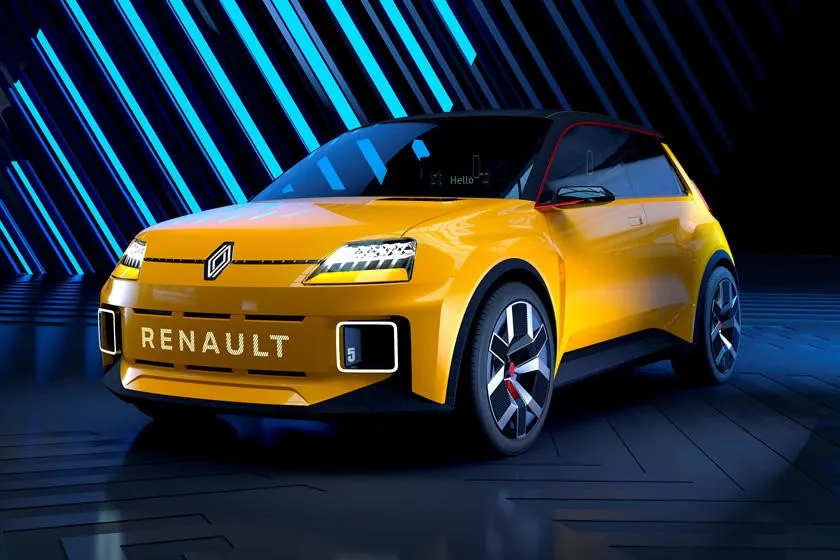
However, two factors cannot be ignored about Zoe. It is a small car (A0 class), and it is a gasoline-to-electric conversion model. Its success in the European market is a typical transformational rise to the top: the market began to shift from fossil fuels to new energy sources, and small, inexpensive gasoline-to-electric EVs rapidly gained market share.
Zoe’s success in Europe is not meaningless, after all, Renault is not the only supplier of this type of vehicle, and its ability to dominate the market naturally proves that Renault has done some things right. On the other hand, its achievements are not enough to be convincing, just like Nissan’s Leaf, another member of the alliance. Going back three years, at that time, whoever said that Tesla was great would immediately have traditional automakers’ supporters stand up and say, “The Leaf is the sales champion.” But now, the Leaf is no longer the same as it used to be.If Renault were satisfied with only the Zoe, it would obviously be impractical. This year, the European EV market has undergone a tremendous change, with the Model 3 topping the charts with sales of 67,500 units, the Volkswagen ID.3 ranking second with sales of 31,000 units, and the Zoe slipping to third with sales of 30,000 units. As an upgraded version of the Zoe, the YI represents Renault’s new stage of transformation with a brand new pure electric platform, and therefore, its launch strategy — why sell in China and lease in Europe — is worth exploring.
Renault has been accustomed to a low profile, and over the past few years, it has never featured those grand or spectacular gestures.
In November 2017, Renault returned to China confidently and held a launch event in Beijing, where the flagship Espace, a crossover MPV, was introduced. This is also an interesting combination — the flagship of the joint venture brand is actually an MPV. Upon reflection, it can be seen that the market does not have high expectations for MPVs, so the Espace does not need to bear the burden of high sales pressure. As a brand flagship, its performance will not expose Renault to excessive risks.
Similarly, the YI is sold in China and the Limo is leased in Europe for the same reasons. The European market is the stronghold, and regardless of its status as the annual sales champion, the Zoe is bound to exist. However, for the YI, an EV that directly penetrates the traditional fossil fuel market, there is obviously too much uncertainty. If its sales figures are not good, it will damage Renault’s brand reputation that has been accumulated through the Zoe.
By launching it in the Chinese market, on the one hand, it is because the marketization process here is more advanced, with Tesla and local new car manufacturers having already achieved good results, and market awareness has been established. For the YI, this is a more friendly soil.
The other advantage is that the Chinese market is very important, but not as important as the European market. Therefore, by releasing the YI in China first, not only does it show that the market is valued, but also avoids taking on excessive risks, which can be considered a good favor.
“Second-Tier Brands” in Europe are Helpless
Renault’s ambiguous attitude towards the European market reveals many problems. Japanese car companies have the slowest transformation, and it takes a long time to adjust to their conservative mindset. American car makers are proactive in transformation, and the business environment there emphasizes taking risks. European car makers are in a dilemma.
The YI’s market debut by Renault is certainly regrettable, and its exit from Dongfeng Renault cannot be avoided, yet its sincere focus on the Chinese market is undeniable. The name “YI” is therefore even more stubborn: past setbacks, but still full of ambitious aspirations.
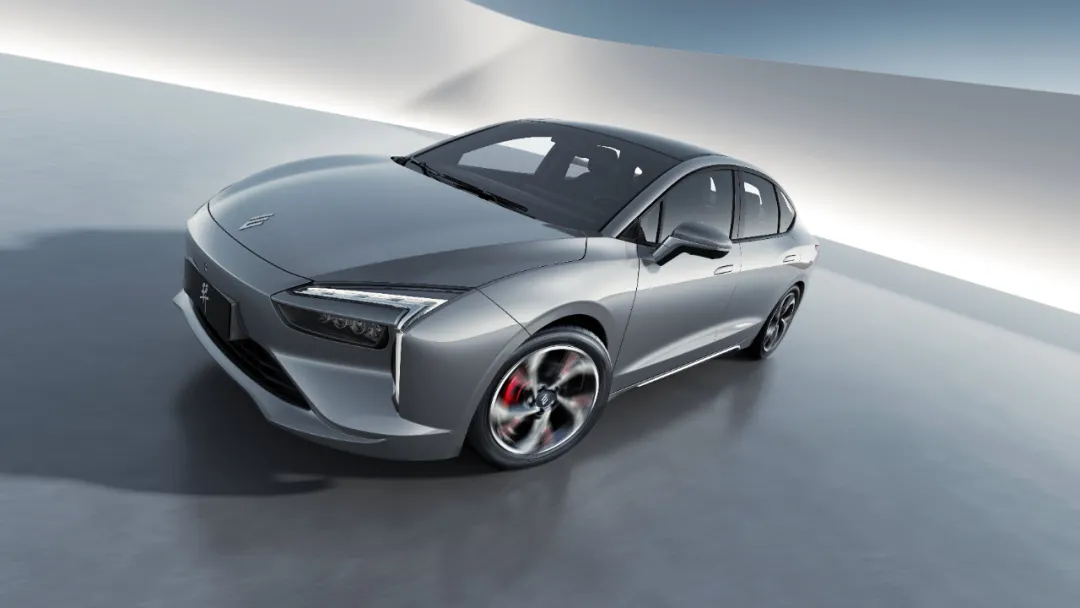 However, despite repeatedly missing out on the Chinese market, Renault has some promising performances in this wave of electrification transformation. It has launched the popular EV models, the Lingerie and Zoe, together with its alliance partner Nissan, and its efforts in transformation are leading among European automakers. In fact, compared to its competitors such as Peugeot, Citroen and Fiat, Renault is much more active.
However, despite repeatedly missing out on the Chinese market, Renault has some promising performances in this wave of electrification transformation. It has launched the popular EV models, the Lingerie and Zoe, together with its alliance partner Nissan, and its efforts in transformation are leading among European automakers. In fact, compared to its competitors such as Peugeot, Citroen and Fiat, Renault is much more active.
The European market has always been exclusive, and neither American nor Japanese cars can become the protagonist there, with only a few models selling well. The market seems to have had a firm understanding of “what a car should be like” for decades or even hundreds of years, which is continuously consolidated. On the one hand, the European Union is the most active in promoting transformation, and on the other hand, the voice of environmental protection organizations is the loudest.
On the one hand, there is a leading-edge in environmental concepts, and on the other hand, there is a conservative consumption concept. Renault, Peugeot, Citroen and Fiat are caught in the middle, seeming to be wrong no matter how they face it.
Not every automaker has the strong capital and firm determination of Volkswagen. Therefore, Renault’s transformation strategy will be a valuable sample. Peugeot, Citroen and Fiat are likely waiting for it to pave the way so that they can follow suit and make progress.
This article is a translation by ChatGPT of a Chinese report from 42HOW. If you have any questions about it, please email bd@42how.com.
